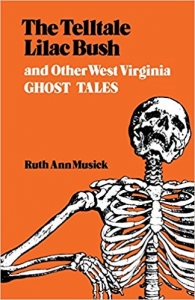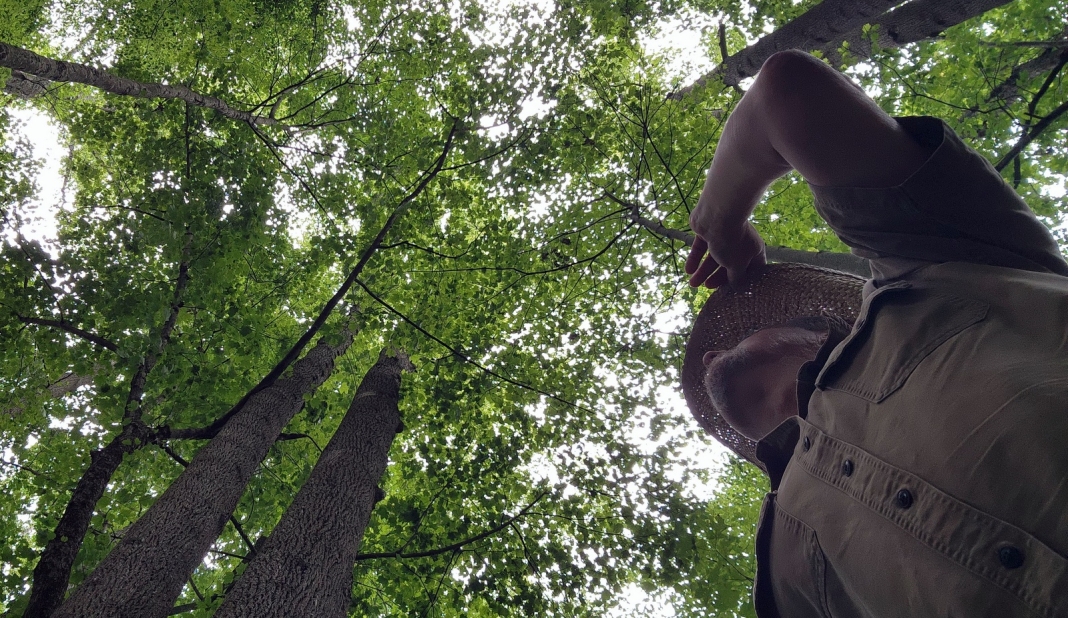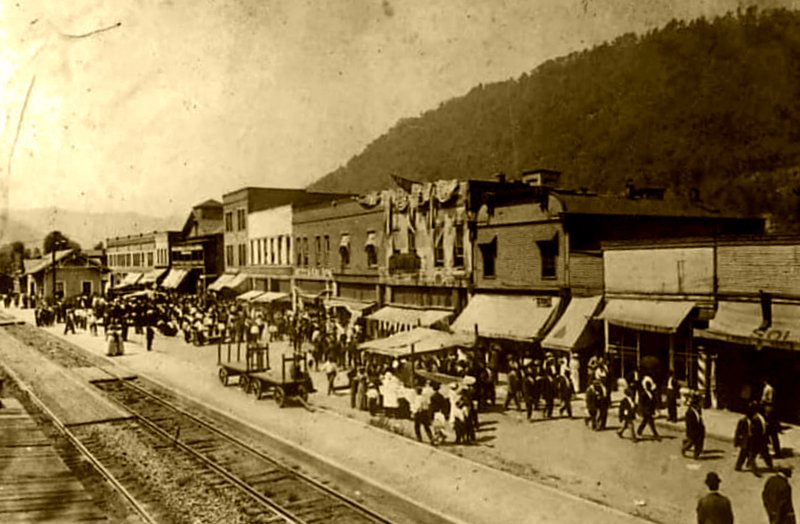ELKINS, W.Va. — Lilacs bloom in April and May in West Virginia, which may be a good time to recall one of its best-known ghost stories — that of the tell-tale lilac bush, a story that's grown into legend, thanks to the late folklorist Ruth Ann Musick.
In 1965, Dr. Musick, who taught folklore at Fairmont State University, published a collection of ghost stories she'd gathered and printed as a volume under the title The Telltale Lilac Bush and Other West Virginia Ghost Tales. Within it, she presented one hundred notable stories along with sources, explanations, and categories according to folklorist motifs.
Of the tales published therein, she chose the following short piece as its title. The tale is that of a murdered wife who returns, and this kind of tale is as old as the institution of marriage itself, but here it appears as a narrative supposed to have occurred in the valley of the Tygart in north-central West Virginia.
The Telltale Lilac Bush
An old man and woman once lived by themselves along the Tygart Valley River. There had been trouble between them for many years. Few people visited them, and it was not immediately noticed that the wife had unaccountably disappeared. People suspected that the old man had killed her, but her body could not be found, and the question was dropped.
The old man lived a gay life after his wife's disappearance, until one night when a group of young men were sitting on his porch, talking of all the parties which the old man was giving. While they were talking, a large lilac bush growing nearby began beating on the windowpane and beckoning towards them as though it were trying tell them something. No one would have thought anything of this if the wind had been blowing. But there was no wind—not even a small breeze.
Paying no attention to the old man's protests, the young men dug up the lilac bush. They were stunned when the roots were found to be growing from the palm of a woman's hand.
The old man screamed and ran down the hill toward the river, never to be seen again.
Keith Ketchem, 1963, as told to him by Mrs. Sarah Dadisman of Union, Monroe County. Motifs: E221, dead spouse's malevolent returns; E231, return from dead to reveal murder; possibly E2631.6, reincarnation in tree from grave.

Though born and raised in the Midwest, Musick fell in love with the lore of West Virginia and, in addition to teaching, reinvigorated the state's folklore society and became the founding editor of the digest West Virginia Folklore.
She wrote about her appreciation of West Virginia's lore in the introduction to The Telltale Lilac Bush:
"West Virginia boasts an unusually rich heritage of ghost tales. Originally West Virginians told these hundred stories not for idle amusement but to report supernatural experiences that defied ordinary human explanation.
"From jealous rivals and ghostly children to murdered kinsmen and omens of death, these tales reflect the inner lives―the hopes, beliefs, and fears―of a people.
"Like all folklore, these tales reveal much of the history of the region—its isolation and violence, the passions and bloodshed of the Civil War era, the hardships of miners and railroad laborers, and the lingering vitality of Old World traditions."
Musick's Lilac compendium and her "Coffin Hollow and other Ghost Tales" are available through Amazon and in many West Virginia bookstores that carry regional history. (In fact, I saw a copy on the shelves today in downtown Charleston at Taylor Books.)
Tales of other strange and wonderful curiosities in West Virginia
- Windy nights recall legend of Sam Hart and race with the Devil
- Bigfoot in West Virginia?
- The top five monsters from West Virginia
- Did a lunatic discover West Virginia?
- Introducing the five most haunted places in W.Va.
- Hanging the bloodthirsty Bluebeard of Quiet Dell, W.Va.
- Tale of the petrified witch of Kanawha County
- Tale of Green-Harrison Tragedy haunts the hills of Putnam County
- And then there was the time West Virginia had four governors
Sign up to receive a FREE copy of West Virginia Explorer Magazine in your email weekly. Sign me up!


